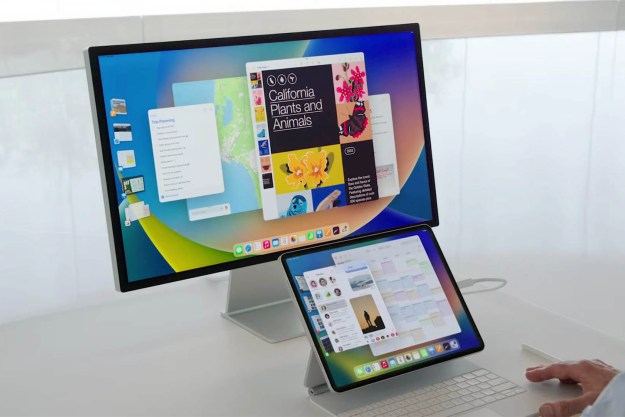Apple is planning to take its App Store beyond the consumer marketplace to enterprises, announcing that U.S. business will soon be able to buy applications in volume for their employees and their Apple devices. And the applications won’t just be the hundreds of thousands of applications available for iPhone and iPad: it will also include custom business-to-business applications from third party developers that are specifically aimed at certain types of businesses.
To enroll in the program, businesses will need to give Apple their Duns & Bradstreet (DUNS) number, along with billing ard address information. Once a business is enrolled, Apple will create a new Apple ID for the business that’s solely for use with the volume purchasing program: that business-only AppleID will need to have an email address that’s not already being used with an existing AppleID, and cannot be used with the iTunes Store or other Apple services. When a purchase goes through, users will receive a spreadsheet of redemption codes for the apps they’ve purchased, along with redemption URLs that users can use on their iPhones or iPad to download the apps. Codes can also be managed via third-party device management services.
Apple says custom B2B apps will not be available to the general public, and will offer functionality for particular businesses—along with customizations like your company logo or partner-specific features. Obvious examples of B2B applications include point-of-sales and inventory management systems built for the iPhone or iPad. Only businesses that are part of the Volume Purchasing Program will be able to buy B2B apps; Apple says B2B apps will be subject to the same app approval guidelines as anything else in the App Store, and that minimum price for a B2B app will be $9.99.
Apple says the volume licensing program is “coming soon” for U.S. businesses, but no specific date has been released. Apple also hasn’t announced when or if it intends to take the program to international markets.
Editors' Recommendations
- Shopping at Apple this holiday season? You should know this
- iPhone 15 Pro overheating? Apple is (finally) on the case
- Blackmagic releases free pro-level app for shooting video on iPhone
- Hermès removes all leather Apple Watch bands from its site
- iPadOS 16: Everything we know about the iPad’s next update


